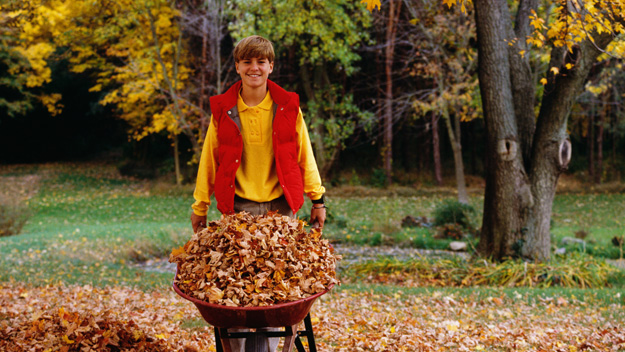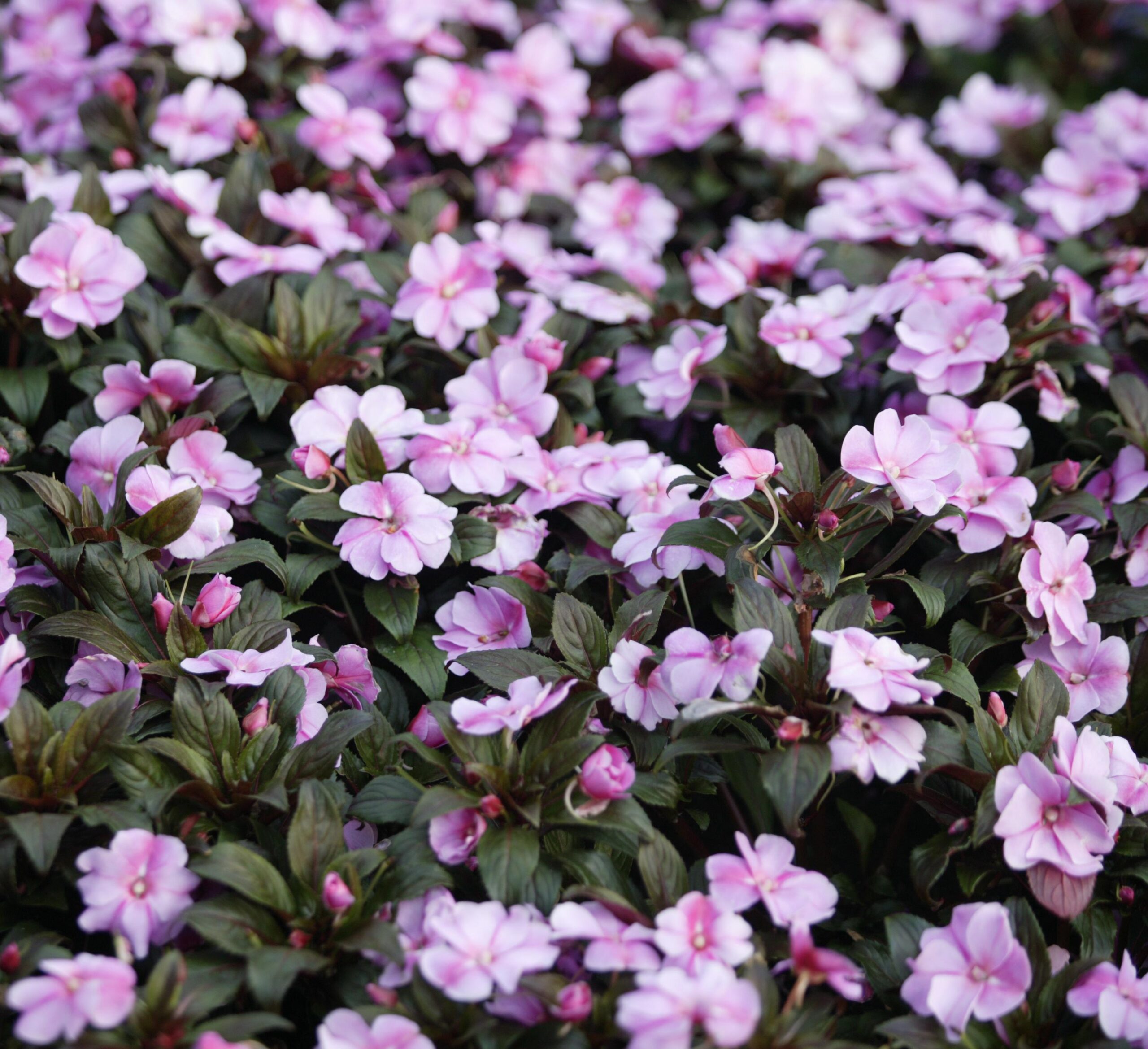Sometimes you come across a plant that you’ve ignored for years, and realise it’s so absolutely perfect that you don’t know why you haven’t planted hundreds of them years ago. I had one of those moments two years ago, when I looked at a friend’s nerines. I’d never even thought of growing any before – and they can be difficult to find in nurseries too.
Yet nerines are one of the hardiest of all bulbs to grow. Even better, they provide reliable bright colour in winter when there’s not much other brightness about. If you plant a good range of nerines you can have the blooming all the way from autumn to spring.
Maybe I ignored them because a solitary nerine doesn’t have much oomph. Like most bulbs you need at least six to make a clump or, even better, dozens, hundreds or thousands…
They’re a smallish bulb, too, about 40-60 cm high, which means they take up very little room in a garden bed – just nudge them in between existing perennials, especially ones like dahlias that die down in winter.
Nerines look like lilies (one of their old names is the Guernsey lily), with strappy leaves and incredibly vivid flowers in shades of pink, white and rich tangerine/red and orange. They tolerate an enormous amount of neglect- in fact they like being ignored. Plant them and let them multiply – like most bulbs, every year they’ll double in number and sometimes multiply at an even faster rate. One bulb will lead to a glorious clumps in a few year’s time.
How to plant:
About 10 cm apart, with the neck of the bulb – the skinny bit where the leaves emerge – just at the surface of the soil. Nerines don’t like to be planted too deep.
Where to plant nerines:
I’ve planted mine at the front of the garden bed, where I can enjoy their brightness on drab winter days. But I suspect that as I allow myself to buy more of these darlings that I’ll start putting clumps everywhere – in dull forgotten corners that will suddenly spring to life, along the path to the carport maybe, and the side garden could really use some brightening up in winter…Full sun. Nerines adore any sunny spot – even tubs on exposed patios. We live in a deep valley, so nowhere here is really sunny in winter. But our nerines still thrive under the apple trees – the apples leaves drop off just when the nerines need the sunlight most. In midsummer, when the trees give deep shade, the nerines will be dormant, their leaves dried off and the bulbs resting under the soil.
What climate:
Cold to subtropical. If you’re growing nerines in areas with really severe frost, i.e. icicles on the trees country, make sure your nerines are near sunny rocks or walls, not exposed at the edge of the garden. In tropical areas you might just get away with growing nerines in above ground beds, with a little light shade. But like all bulbs, they can easily rot in long bouts of hot and humid weather or if the soil stays drenched for too long.
Care and cosseting:
Water your nerines every week – if you remember, and have enough water. If you forget, or water is sparse, forget about them. The nerines will still flower and still multiply, just not as fast. They don’t need to be fertilised, either, but a little liquid organic fertilizer once or twice a year will help them multiply quicker, and you may get slightly larger blooms. Don’t bother thinning out clumps for a decade or two – nerines enjoy being crowded together. So basically – plant them, leave them and then glory in their colour.
I think I have just convinced myself I need a treat of at least three dozen more nerines this winter!


